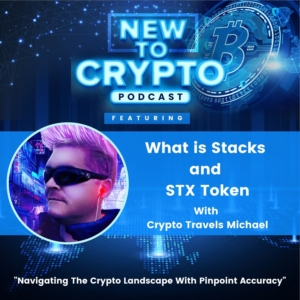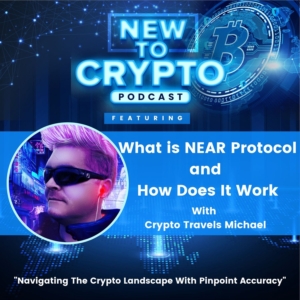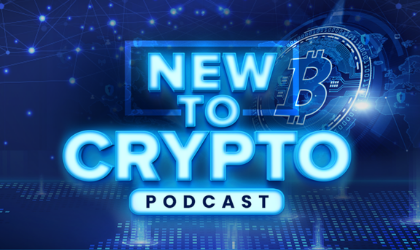Unknown Speaker 0:00
Welcome to the New To Crypto podcast designed to guide you through the crypto landscape with pinpoint accuracy created for the new and intermediate crypto investor. Join your host Crypto Travels Michael as he takes you through the different facets of getting started and succeeding in your crypto journey. New to crypto podcast brings you new episodes daily Monday through Friday with surprise bonus episodes sometimes on the weekend. Let me ask you, are you new to crypto don’t know where to start? Are you more experienced but have questions? Then you’re in the right place. This podcast is designed for you, coming at you from the training center in the lifestyle design studio. Here’s your host Crypto Travels Michael.
Michael 0:51
Hey, welcome to today’s show. I’ll tell you the crypto industry is growing. And so is the show for that matter. We’ve now had people listen from 700 different cities around the world spanning 83 countries. So I welcome you, whether this is your first time or if you’ve been here the entire time. Let’s jump into today’s episode. It’s all about Chainlink and understanding how Chainlink works. Chainlink is a distributed program built on top of Etherium. So let’s get started in unpacking exactly what Chainlink is. Chainlink is a decentralized network of nodes that provide data and information from off blockchain sources to on blockchain smart contracts via what they call Oracles. Another way to say it is: Chainlink is a decentralized Oracle network that provides real world data to smart contracts on the blockchain.
But what does that mean? Let’s start with smart contracts. They are agreements programmed to execute if and when certain conditions are met. If you haven’t listened to the episode I released on what are smart contracts, definitely check that one out. It will paint a much better picture for you as to what smart contracts are. So the problem that Chainlink has come up with over and over for developers is that most smart contracts need to rely on an external data source to properly execute the terms this is where Chainlink comes in Chainlink was created to address this issue to create a bridge or Oracle between blockchain smart contracts and external data sources. Chainlink has motivated or incentivized others to create Oracles. In order to help the crypto and blockchain industry bridge the gap every Oracle within the Chainlink network is incentivized to provide accurate data.
When nodes follow the software’s rules and provide useful data. They are rewarded with LINK tokens. Chainlink sinks to support all blockchain based smart contract networks. So who created Chainlink? the Chainlink network was launched in June of 2017. And the co founders are Steve Ellis, and Sergei Nazarov. Later they publish Chainlink’s whitepaper in September of 2017. I have a link to the Whitepaper on our site under today’s episode, so be sure to check that out if you’re interested. The Chainlink team held an ICO or initial coin offering and raise millions of dollars by selling 35% of the 1 billion tokens for their cryptocurrency that they launched which is called LINK, the total supply or amount of LINK tokens is 1 billion. Chainlink has quite an ecosystem. On our site, under today’s episode, I have a link which shows all of them in the ecosystem. The different types of projects which are in the Chainlink partnerships collaborations, and integrations include NFT projects, gaming projects DeFi projects such as zero exchange, by the way, check out the episode I released all about zero exchange decks.
It’s an awesome project. Also layer two projects, launchpads such as the COO coin Launchpad, Kraken and SushiSwap, Alpaca Finance, Storm X, Romanpunks NFTs, there’s actually close to 800 different projects, as you will see on the Chainlink ecosystem link. By the way Chainlink’s Website is Chain.link. I’ll have the link on our site. Aavee, Synthetics, and Compound and others are also working with Chainlink’s infrastructure. If you’d like to deploy your own Chainlink smart contract. I have the link on our site for that as well. In their docs. There’s instructions to using data feeds from Ethereum, Binance Smart Chain, Polygon, xDAI, Kuobi, Avalanche, Fantom, Arbitrum, Harmony, Solana and Optimism. They have lots of information for developers on their Chainlink cast some awesome engineering videos and tutorials that are available to everyone. I dropped two links on our site if you’re interested. Okay, let’s briefly break down Chainlink architecture in a simplified manner. It’s powered by three types of smart contracts. So let’s break down what these are. And just a little bit about each of them. Number one is aggregated contracts. So what these do is they collect data from Oracles and match the results with the smart contracts that needs the info. Number two is order matching contract.
This matches a smart contract service level agreement with the best bidding Oracles. And number three is reputation contract; this verifies an Oracle’s integrity by checking its track record, one of the items that it verifies is the amount of LINK tokens an Oracle has staked, it also checks average response times. Chainlink also interacts with Oracles that do not operate on its blockchain, and that are independently responsible for collecting the real world data requested by the contracts. The nodes are made up of Chainlink core and Chainlink adapter. Here’s an excerpt from Coinmarketcap as a decentralized network Chainlink allows users to become node operators and earn revenue by running critical data infrastructure required for blockchain success. Chainlink uses a large collection of node operators to collectively power a wide range of decentralized price feed Oracle networks live in production which currently secure billions in value for leading DeFi applications like Synthetics, Aave, why earn and more. so how is a Chainlink network secured as an Ethereum based ERC 20 token LINK.
Chainlink is secured by a proof of stake consensus mechanism. Unlike the proof of work consensus, utilized by Bitcoin POS relies on the amount of stake tokens for selecting node validators. The LINK token is available on many different exchanges and dexes, including Binance, Coinbase, Kuobi, FTX, and more. Here’s some quick details about the LINK token the maximum supply is 1 billion. Currently, the circulating supply is just over 453 million tokens. And it’s currently trading at just over $28. The market cap is nearly $13 billion. smart contracts have come to play an increasingly central role in the world of blockchain and decentralized finance Chainlink doesn’t have a native blockchain.
Instead, it integrates with multiple blockchain simultaneously, providing them all with up to date information streams, so it acts not only as an Oracle, but also as an Oracle aggregator. Chainlink purchases information from many data providers, which then streams directly to blockchains. Hopefully that paints a like a little bit better picture for you. I’m trying to provide an overall view for you of what Chainlink is. So I hope that you liked today’s episode, definitely like and subscribe to the podcast. If you liked today’s episode, show your support and definitely tune in here tomorrow for another special episode. Until then, make it a great day.
Unknown Speaker 9:06
Thanks for tuning in to New To Crypto podcast. If you liked the episode, be sure to follow and subscribe. You can listen to every episode on all major platforms. Have an interest in being on the show or want advertising reach out at newtocrypto.io. Head over to our site newtocrypto.io to access the resources mentioned in each episode. Until next time, remember to navigate the crypto landscape with pinpoint accuracy.
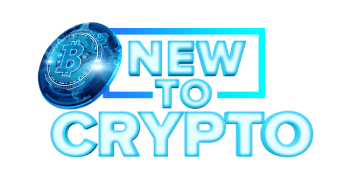
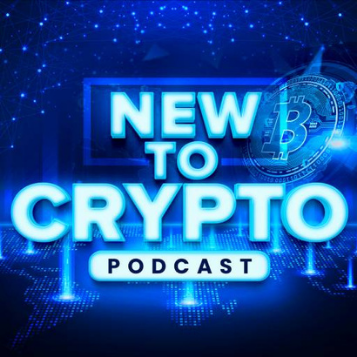






![Understanding How Chainlink Works [Explained]](https://newtocrypto.io/wp-content/uploads/2021/11/Understanding-How-Chainlink-Works-Explained-330x310.jpg)

